정밀 공구용 카바이드의 중요성
카바이드 공구 는 정밀 엔지니어링의 숨은 영웅입니다. 무딘 끌로 걸작을 조각하거나 무딘 칼로 야채를 썰려고 한다고 상상해 보세요. 답답하고 비효율적이지 않나요? 항공 우주에서 목공에 이르기까지 다양한 산업 분야에서 날카롭고 신뢰할 수 있는 초경 공구가 필요한 이유입니다.
카바이드가 필수 불가결한 이유는 무엇일까요? 정밀도와 내구성이 핵심입니다. 카바이드 공구는 다른 재료보다 절삭날이 오래 유지되므로 고난이도 작업에서 정확성을 보장합니다. 복잡한 금형을 만들거나 무거운 금속 부품을 가공할 때 카바이드 공구는 다른 어떤 공구와도 비교할 수 없는 정밀도를 제공합니다. 이 소재가 특별한 이유에 대해 자세히 알아보세요.
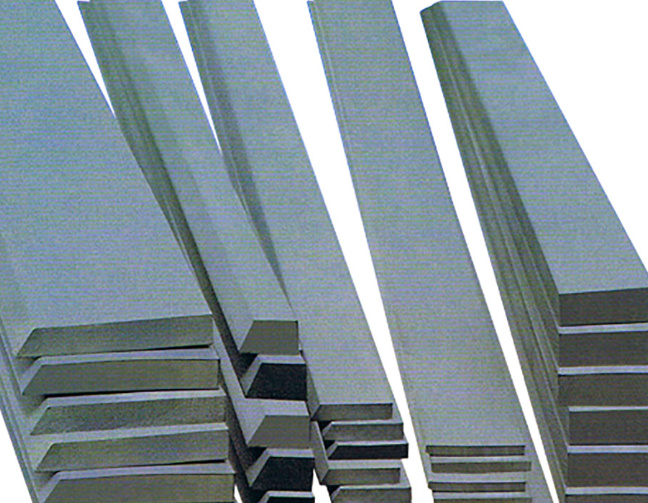
정밀 공구용 카바이드는 무엇인가요?
카바이드는 주로 텅스텐 카바이드와 바인더(보통 코발트)로 만든 복합 소재입니다. 세라믹의 경도와 금속의 강인함이라는 두 가지 장점을 모두 갖춘 하이브리드 소재라고 생각하면 됩니다. 텅스텐 카바이드 입자는 작은 다이아몬드와 같아서 재료에 놀라운 경도를 부여하고, 금속 바인더는 이러한 입자를 서로 결합하여 강도를 더합니다.
이것이 왜 중요한가요? 카바이드가 절삭, 연삭, 드릴링의 극심한 마모를 견딜 수 있는 것은 바로 이 독특한 조합 덕분입니다. 카바이드는 현대 제조업의 중추라고 해도 과언이 아닙니다.
정밀 공구용 카바이드 성분
카바이드의 구성은 카바이드의 초능력을 제공하는 요소입니다. 자세히 살펴보겠습니다:
- 텅스텐 카바이드(WC): 70-97%를 구성하는 주성분입니다. 모스 스케일에서 다이아몬드 바로 아래에 속하는 매우 단단한 물질입니다.
- 코발트 (Co): 텅스텐 카바이드 입자를 하나로 묶어주는 금속 바인더입니다. 소재의 인성을 책임집니다.
- 기타 첨가제: 티타늄, 탄탈륨, 바나듐과 같은 원소는 내열성이나 내식성과 같은 특정 특성을 개선하기 위해 첨가되기도 합니다.
정확한 레시피는 공구의 용도에 따라 다릅니다. 예를 들어 고속 가공에 사용되는 공구는 인성을 높이기 위해 코발트 함량이 더 높을 수 있습니다.
장점 카바이드 정밀 도구용
| 기능 | 이점 |
|---|---|
| 경도 | 날카로운 모서리를 더 오랫동안 유지하여 연마로 인한 가동 중단 시간을 줄여줍니다. |
| 내마모성 | 마찰이 심한 환경도 쉽게 처리합니다. |
| 내열성 | 고온 환경에서도 강도 저하 없이 우수한 성능을 발휘합니다. |
| 인성 | 무거운 하중에도 깨짐과 갈라짐을 방지합니다. |
| 다용도성 | 절단부터 연삭까지 다양한 용도에 적합합니다. |


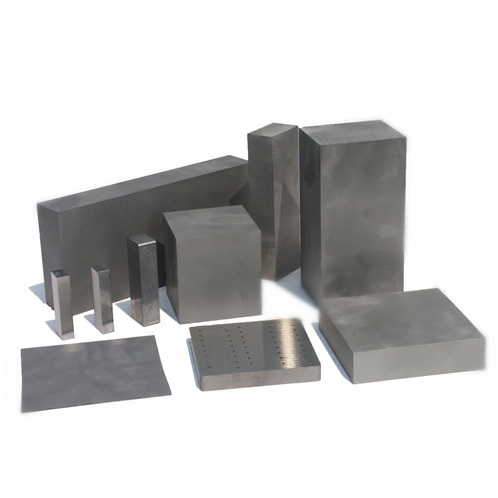
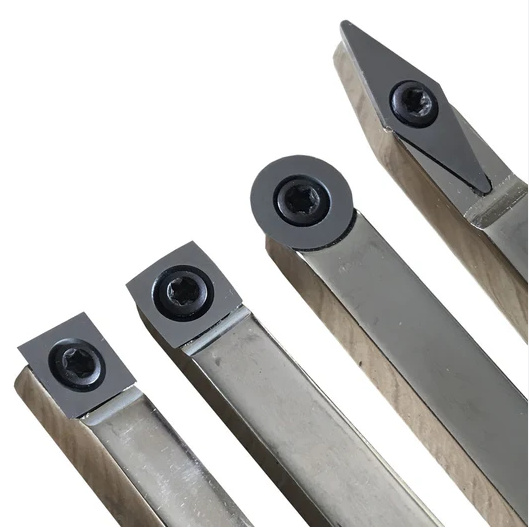

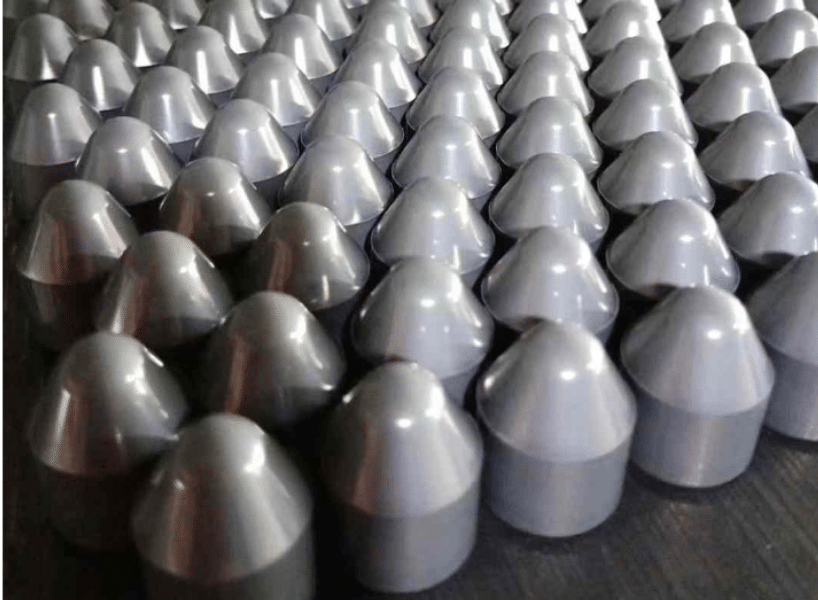
카바이드 정밀 공구의 응용 분야
| 산업 | 애플리케이션 |
|---|---|
| 항공우주 | 경량, 고강도 합금 가공. |
| 자동차 | 엔진 부품 및 변속기 부품을 제조합니다. |
| 금속 가공 | 절단, 드릴링 및 밀링 작업. |
| 목공 | 경목과 연목에 매끄러운 마감을 연출합니다. |
| 마이닝 | 암석 시추 및 굴착. |
비교: 카바이드 다른 도구 재료와 비교
공구 재료로 카바이드를 가장 많이 떠올리지만, 몇 가지 일반적인 대안과 정면으로 비교해 보겠습니다:
초경과 고속강(HSS) 비교
- 경도: 초경은 HSS보다 훨씬 단단하기 때문에 고정밀 애플리케이션에 더 적합합니다.
- 내구성: 카바이드 공구는 수명이 길어 잦은 교체가 필요하지 않습니다.
- 비용: 카바이드는 초기 비용이 더 많이 들지만 수명이 길기 때문에 장기적으로는 비용 효율성이 더 높은 경우가 많습니다.
초경 공구와 세라믹 공구
- 강인함: 카바이드는 세라믹보다 단단하고 깨지거나 갈라질 가능성이 적습니다.
- 다용도성: 카바이드는 무거운 하중이 수반되는 애플리케이션을 포함하여 광범위한 애플리케이션에서 우수한 성능을 발휘합니다.
- 내열성: 세라믹은 더 높은 온도를 견딜 수 있지만 카바이드는 내열성과 인성 사이에서 더 나은 균형을 이룹니다.
올바른 초경 공구를 선택하기 위한 팁
올바른 카바이드 공구를 선택하는 것은 커피 블렌드를 고르는 것과 비슷할 정도로 선택의 폭이 넓습니다! 고려해야 할 사항은 다음과 같습니다:
- 머티리얼 가공 중: 목재, 금속 또는 복합 재료로 작업하시나요? 도구의 등급과 형상이 재료와 일치해야 합니다.
- 애플리케이션 유형: 절단, 드릴링, 연삭 등 어떤 작업을 하든 해당 작업에 맞게 설계된 특정 도구가 있습니다.
- 코팅: TiN(티타늄 질화물) 또는 TiAlN(티타늄 알루미늄 질화물)과 같은 코팅이 적용된 공구는 고온 작업에서 향상된 성능을 제공합니다.
- 브랜드 평판: 일관된 품질로 유명한 평판이 좋은 브랜드만 사용하세요.
- 비용 대 수명: 가격표만 보지 말고 도구가 얼마나 오래 사용할 수 있는지, 어떤 가치를 제공할 수 있는지 고려하세요.
선택 방법 카바이드 도구 샤프닝
카바이드 공구를 연마하는 것은 예술이자 과학입니다. 올바르게 연마하는 방법을 알려드립니다:
- 도구 지오메트리를 이해합니다: 카바이드 공구에는 연마하는 동안 유지해야 하는 특정 각도와 형상이 있습니다.
- 올바른 장비를 사용하세요: 다이아몬드 연삭숫돌은 카바이드 공구를 연마하는 데 필수적입니다. 일반 연삭 휠로는 말 그대로 절삭이 불가능합니다!
- 쿨하게 유지하세요: 과열되면 카바이드가 손상될 수 있습니다. 이를 방지하려면 냉각수를 사용하세요.
- 균열이 있는지 확인합니다: 연마하기 전에 공구의 손상 여부를 검사하세요. 금이 간 공구는 사용하기에 안전하지 않을 수 있습니다.
- 프로를 고용하세요: 잘 모르겠다면 전문 샤프닝 서비스에 아웃소싱을 맡기는 것도 고려해 보세요. 투자할 만한 가치가 있는 경우가 많습니다.
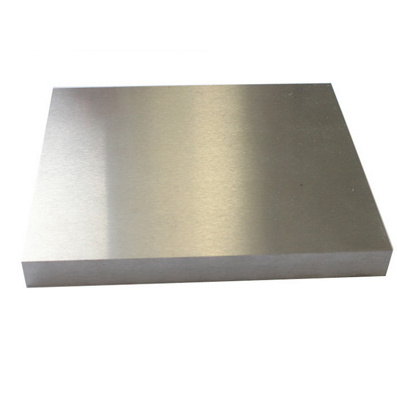
자주 묻는 질문
| 질문 | 답변 |
|---|---|
| 카바이드 공구를 연마하는 가장 좋은 방법은 무엇인가요? | 다이아몬드 연마 휠을 사용하면 정확하고 효과적으로 연마할 수 있습니다. |
| 카바이드 공구는 얼마나 자주 연마해야 하나요? | 사용량에 따라 다르지만 일반적으로 눈에 띄게 둔해지거나 성능이 저하되는 경우가 많습니다. |
| 카바이드 공구를 집에서 연마할 수 있나요? | 예, 적절한 장비와 기술을 갖추고 있지만 전문적인 서비스를 이용하면 더 나은 결과를 얻을 수 있습니다. |
| 선명하게 할 때 흔히 저지르는 실수는 무엇인가요? | 과열, 잘못된 각도 또는 부적절한 장비 사용. |
| 모든 카바이드 공구는 연마가 필요합니까? | 일부 제품은 착용 후 일회용이 가능하도록 설계되었습니다. |


